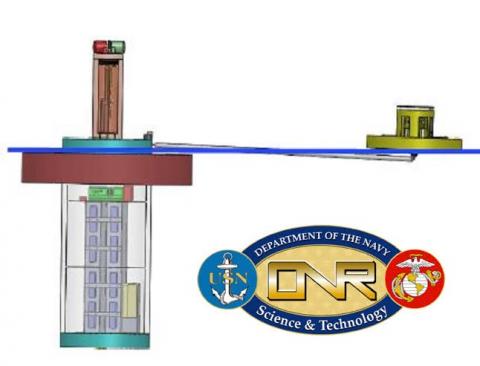Capstone Course - Environmental Awareness in Maritime Doman
 |
Enviromental Awareness In the Maritime DomainFall 2014 – Spring 2015 |
 |
Enviromental Awareness In the Maritime DomainFall 2014 – Spring 2015 |
 |
Enviromental Awareness In the Maritime DomainFall 2014 – Spring 2015 |


